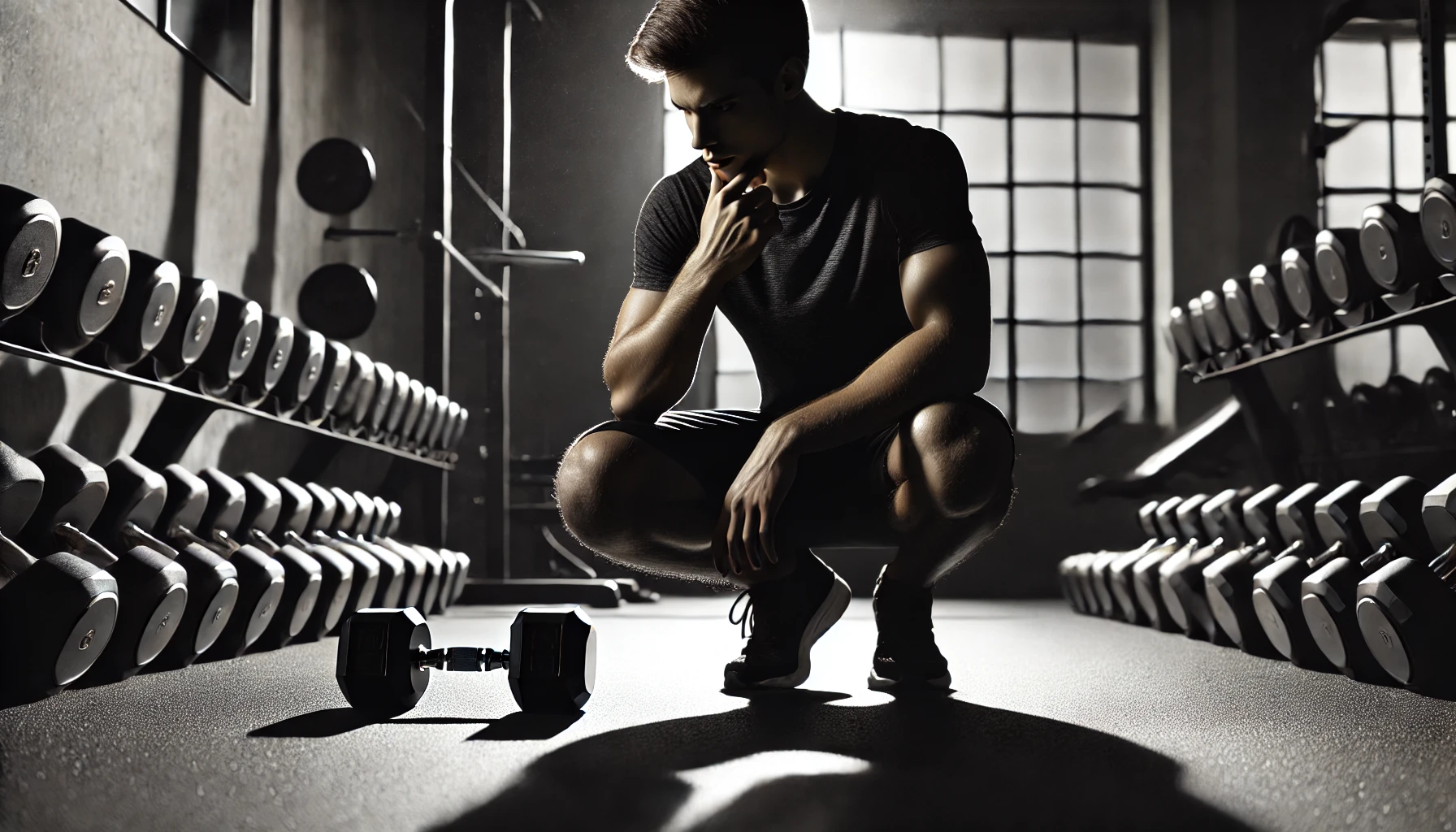

Confused by Gym Equipment? Here’s Your Beginner’s Guide to Using It Like a Pro!
Entering a gym for the first time, surrounded by unfamiliar machines, weights, and experienced gym-goers, can be intimidating. But starting with a solid understanding of gym equipment and its benefits can help you feel confident, even as a beginner. Gym equipment is designed to provide various options to meet different fitness goals, from cardio and strength training to flexibility and endurance. With the right information, you can use these tools to build an effective workout routine, target different muscle groups, and train safely.
Essential Gym Equipment for Beginners

When you’re just starting, it’s important to familiarize yourself with the most commonly used gym equipment and their functions. Here’s a breakdown:
Cardio Machines: Treadmills, Ellipticals, and Stationary Bikes
Cardio machines are usually the first set of equipment you’ll see upon entering a gym. They provide an excellent way to warm up, burn calories, and improve cardiovascular health, which is essential for any fitness routine.
- Treadmills: These are incredibly versatile for beginners, allowing for walking, jogging, or running with adjustable speed and incline options. Start with a moderate speed to build stamina, and as you get comfortable, try adding incline intervals to boost calorie burn.
- Ellipticals: Known for providing a full-body workout, ellipticals are a great low-impact option that reduces strain on the joints. This machine engages the arms and legs, making it ideal for those seeking a high-calorie burn without the impact on the knees or back.
- Stationary Bikes: Available in both upright and recumbent forms, stationary bikes are beginner-friendly machines that work primarily on the lower body while enhancing cardiovascular endurance. Beginners can start with a low-resistance setting and gradually increase for more intensity.
Free Weights: Dumbbells, Kettlebells, and Barbells
Free weights are among the most popular gym equipment options and serve as the foundation for strength training. These weights allow for a full range of motion and engage multiple muscle groups, improving overall balance and coordination.
- Dumbbells: These handheld weights come in various sizes and are perfect for exercises like bicep curls, shoulder presses, and lunges. They’re ideal for beginners because they allow controlled movements and can be used for both upper and lower body exercises.
- Kettlebells: Shaped with a handle, kettlebells are perfect for dynamic movements like swings and snatches. They’re excellent for building core strength, endurance, and stability, and provide a unique grip that challenges your muscles differently than dumbbells.
- Barbells: These are long bars with weight plates on each end, used in exercises like squats, deadlifts, and bench presses. Beginners should start with lighter barbells or even an empty bar to practice proper form and gradually add weight as strength improves.
Resistance Machines: Guided and Targeted Exercises
Resistance machines are perfect for beginners, as they provide controlled movements and target specific muscles. These machines are often designed to support correct posture and form, making them useful for learning the basics.
- Leg Press Machines: These machines work the lower body, particularly the quads, hamstrings, and glutes. Beginners can easily adjust the resistance to control how much they lift, providing a safe way to strengthen leg muscles without putting too much pressure on the knees.
- Lat Pulldown Machines: Focused on upper body strength, particularly in the back and shoulders, lat pulldown machines help develop upper body muscles and improve posture.
- Chest Press Machines: This machine is great for building chest, shoulder, and arm strength. Since it provides guided movement, beginners can focus on form without balancing the weight, which is helpful for developing proper technique.
Proper Use of Popular Equipment

Getting comfortable with equipment settings and adjusting machines to fit your body is critical for a safe workout. Here are some practical tips:
- Adjusting Weight Machines: Before starting, adjust the seat height, handles, or leg support to fit your height and limb length. Proper adjustments prevent injuries and ensure effective targeting of the muscles.
- Setting Appropriate Weight Levels: Start with a lighter weight to perfect your form before gradually increasing. This approach helps you avoid strain and allows for safe progression.
- Using Free Weights Safely: When using dumbbells or barbells, keep your core engaged, maintain a stable stance, and always lift with controlled movements. Improper form can lead to strains, particularly in the lower back.
- Using Cable Machines and Benches: For cable machines, adjust the height and resistance according to the exercise. On benches, ensure you’re positioned correctly to support your spine and stabilize the weights.
Beginner-Friendly Exercises with Each Equipment Type
Here’s how to start using these machines effectively, with simple exercises to target key muscle groups:
- Cardio Machines: Warm up with a 10-minute brisk walk on the treadmill or a moderate elliptical session. For those preferring stationary bikes, try intervals by alternating between low and high resistance every minute for a balanced workout.
- Free Weights: Begin with foundational exercises like bicep curls, shoulder presses, and goblet squats using a weight that you can comfortably handle for 12–15 reps.
- Resistance Machines: Use the leg press machine to strengthen lower body muscles, the lat pulldown for the back, and the chest press machine for upper body development. Start with 2–3 sets of 10–12 reps for each exercise.
Creating a Basic Beginner Equipment Routine
Here’s a sample workout plan using common gym equipment to give you a balanced full-body workout:
- Warm-Up (10 minutes): Start with 5–10 minutes on your favorite cardio machine to get your heart rate up.
- Strength Training (20–30 minutes):
- Lower Body: Leg Press Machine, Dumbbell Lunges
- Upper Body: Chest Press Machine, Dumbbell Shoulder Press
- Back and Core: Lat Pulldown, Dumbbell Rows
- Cool-Down (5 minutes): Gentle cardio on a stationary bike, followed by some light stretching to help recovery.
Gym Etiquette for Beginners
Good gym etiquette can make your workout experience smoother and more enjoyable, especially during busy hours:
- Machine Sharing: When the gym is crowded, try to limit your time on machines. Allow others to “work in” if they ask, especially during your rest intervals.
- Cleaning After Use: Always wipe down equipment with the provided sanitizers after use.
- Return Weights: After using dumbbells, kettlebells, or any weights, return them to their designated racks. This keeps the gym organized and safe for everyone.
Avoiding Common Mistakes
Beginners often make a few common mistakes that can limit progress or lead to injury. Here’s how to avoid them:
- Skipping Warm-Ups and Cool-Downs: Warming up prepares your muscles for the workout, and cooling down reduces soreness. Even 5–10 minutes can make a difference.
- Not Resting Enough: Overtraining is common among enthusiastic beginners. Schedule rest days to let your muscles recover and prevent burnout.
- Improper Form: Master the form first before adding weight. Poor form leads to injury over time, particularly when lifting heavy.
Transitioning to Advanced Equipment
As you gain confidence, you might be interested in exploring more advanced equipment and exercises to keep progressing. Here’s how to make the transition:
- Advanced Machines: Try more complex equipment like leg curls, Smith machines, or cable crossovers, which provide new angles and resistance to challenge muscles differently.
- Free Weights Over Machines: If you’ve mastered form on resistance machines, consider switching to free weights like barbells for compound exercises such as squats and deadlifts. Free weights offer greater range of motion and challenge your stability.
Frequently Asked Questions
How do I choose the right weight to start?
Start with a weight that allows you to complete 10–12 reps without straining, aiming for slight fatigue by the final rep. As you grow stronger, gradually increase weight to continue challenging your muscles.
Is it beneficial to combine cardio and strength in one session?
Yes! Combining both provides a balanced routine that targets muscle building and cardiovascular health. Just be sure not to overdo cardio if you’re focusing primarily on muscle gain.
Should I ask for help if I’m unsure how to use equipment?
Absolutely! Most gyms have trainers available for assistance. Learning correct form and setup from the start is essential for safe and effective training.
Conclusion
Gym equipment can be intimidating, but with a bit of knowledge, you’ll soon be able to use it like a pro. By understanding the purpose of each machine, adjusting for safety, and following a balanced workout plan, you’ll develop a solid foundation for fitness success. Gym equipment offers a wide range of possibilities to target different muscles and fitness goals, so embrace the journey and see the results unfold. With each session, you’ll feel more confident and capable—take it one step at a time, and enjoy the progress!
